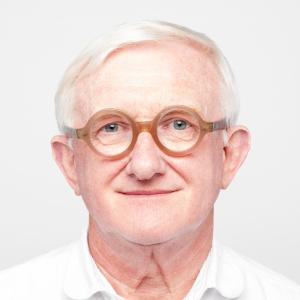The findings, interpretations and conclusions are those of the authors and do not necessarily reflect the views of the European Investment Bank.
Third places
Two thousand years ago, the Roman architect Vitruvius identified the three most quoted imperatives of well-designed buildings: firmitas, utilitas, and venustas, in other words structural integrity, utility, and what can best be translated as delight. Like much of Roman architecture itself, these imperatives have stood the test of time. However, while Vitruvius articulated the foundations for well-designed buildings, he did not highlight their collective responsibility in creating the surrounding public space – the common ground that stitches buildings into the urban fabric of civil society.
Common grounds, or Third Places, as the urban sociologist Ray Oldenburg called them, are public places that serve as a neutral ground for people to form associations. He describes them as the “great variety of public places that host regular, voluntary, informal and happily anticipated gatherings of individuals beyond the realms of home and work.1” Home, work and the Third Place form an important triad of urban life, with the latter playing the important social function of providing a place for community life. In other words, a Third Place is an integral part of civic life. Most of them give a sense of identity and a place to “belong to” for people who frequent them. It also becomes a place “to see and be seen in”, and a place for real-world social networking.
